A NATO summit is looming as Europe divides over record defense spending

The next NATO summit begins on Tuesday in The Hague, with a new security-related spending target of 5 percent of Gross Domestic Product (GDP) for 2032 on the table.
NATO Secretary General, Mark Rutte, will propose the target of allocating 3.5% of GDP to basic defense spending and 1.5% of GDP to defense and security-related investments in areas such as infrastructure and industry. NATO’s current defense spending target is 2% of GDP.
While many European countries are increasing their military budgets, not all agree with such a sharp increase, despite the marked global rise in armed conflicts.
Last year saw the highest number of armed conflicts involving governments or official forces in over seven decades, according to a report from the Peace Research Institute Oslo (PRIO).
“This is not just a sudden increase, but a structural change. The current world is much more violent and much more fragmented than it was a decade ago,” said Siri Aas Rustad, PRIO’s research director and lead author of the report.
It is estimated that 129,000 people died due to violence related to battles in 2024, with most deaths linked to the Russian invasion of Ukraine (76,000) and the war in Gaza (26,000), according to the report.
It is in this context and amid escalating military activity between Iran and Israel and demands from U.S. President Donald Trump for European countries to spend more on defense that next week’s NATO summit is being held.
Germany: Growing threats justify budget increases
The German finance minister has expressed his willingness to increase the country’s defense spending to 3.5 percent of GDP in the coming years.
“The world has continued to change over the last three or four years, and my main priority is to ensure the safety of people,” said Lars Klingbeil on Monday. “More investment is now needed to achieve this,” added Klingbeil. “If that means [spending] 3%, we will do it; if it means 3.5%, we will do that too.”
Germany will initially invest 2% of its GDP in defense this year, Klingbeil stated, but added that this figure would increase. “I suspect the numbers will be significantly higher,” he said before next week’s NATO meeting.
Klingbeil, a member of the center-left Social Democratic Party, also warned against focusing the debate solely on numbers.
France: Don’t focus on the numbers
French President Emmanuel Macron expressed his frustration last month over NATO debates on defense spending while reiterating France’s target of 3.5 percent of GDP “for the coming years.”
“The commitment of an army is not measured by the money spent, but by the names engraved on our war monuments and those who fall,” he said at a press conference in Tirana, Albania.
I do not like this debate among allies that only focuses on the numbers. I know many European countries that have lost many soldiers in theaters of operations and have committed alongside others, he added.
“And for that reason, I will say very clearly: the target of 3.5 percent of GDP is a good target for the coming years, but it will not be achieved in six months and must be done with substance and consistency.”
Currently, France spends about 2 percent of its GDP on military expenditures.
Italy: On board, but far
Last week, foreign ministers and diplomats from Italy, France, Germany, the United Kingdom, Poland, Spain, Ukraine, and the EU met with NATO Secretary General Mark Rutte. The Italian Foreign Minister, Antonio Tajani, host of the meeting, whose country allocates 1.5% of its GDP to defense, expressed great satisfaction with Rutte’s spending plan.
“We are in favor of investing more in security, but the question for us is time,” Tajani said. “We have said that it takes at least ten years to reach the new targets.”
In a joint statement after the meeting, the foreign ministers of Italy, France, Germany, Great Britain, Poland, and Spain, along with the EU High Representative, Kaja Kallas, pledged to play their part.
“European countries must play an even more important role in ensuring our own security,” they said. “The NATO summit in The Hague will demonstrate our unity, based on a lasting transatlantic bond, a firm commitment to mutual defense, and an equitable distribution of responsibilities.”
Spain: Against the proposal
Spanish Prime Minister Pedro Sánchez informed NATO Secretary General Mark Rutte of his country’s opposition to the new target in a letter on Thursday.
Sánchez wrote that the proposed increase was “not only unreasonable but even counterproductive” for his country and expressed concern that it was incompatible with maintaining a strong welfare state.
Therefore, he stated, Madrid will not be able to commit to a specific spending target at next week’s NATO summit in The Hague. He calls for it to be optional or for a Spanish opt-out clause to be included.
Spain is one of the NATO countries that invests the least in defense, despite Sánchez’s government committing to raise military spending to 2% of GDP by 2025.
Before the news of Sánchez’s letter to Rutte became known, Félix Arteaga, a defense specialist at the Real Instituto Elcano in Madrid, said that “internal political reasons” are determining the stance of the minority left-wing coalition government.
Sánchez faces a balancing act between aligning with NATO allies and appeasing his far-left coalition partner, the electoral alliance Sumar, which is hostile to increased military spending.
The greater distance of the Iberian Peninsula from Russia compared to Eastern European countries like Poland “reduces concern and urgency… we do not feel threatened, we do not want to enter armed conflicts,” Arteaga said.
“The government must explain to Spanish citizens the need to show solidarity” with countries in northern and eastern Europe, he stated.
Denmark: Silent transformation
Denmark, once one of the NATO countries with the lowest spending, has undergone a rapid turnaround. Prime Minister Mette Frederiksen recalled that defense spending was only 1.3% of GDP when she took office in 2019. Today, Denmark is on track to exceed 3% this year and has committed to reaching the 5% target proposed by Rutte.
Netherlands: Host and defender
The Dutch Parliament is virtually in agreement to meet the new defense spending target, but there are disagreements over how it should be financed.
Parliamentary elections are scheduled for October following the collapse of the current coalition government after the withdrawal of the far-right PVV party. The interim cabinet will leave the decision on how to finance the new defense spending to the new government.
Portugal: Playing catch-up
Portugal, one of NATO’s founding members, has long been investing less in defense than other members. The country has a very underdeveloped industrial base, obsolete military equipment, and an exodus of military personnel.
Prime Minister Luís Montenegro recently brought forward the defense spending target of 2% from 2030 to 2025 amid international pressure. However, Portuguese authorities admit that reaching the 5% target remains a long-term ambition.
Czech Republic: Fully on board
The Czech Republic is among the countries supporting the proposed increase in defense spending.
According to the statement, Prague considers Russia the most serious direct threat to the Euro-Atlantic area and therefore supports strengthening the defense industry.
“In particular, for the Czech Republic, a country surrounded by NATO allies, our role is primarily that of a transit route and support for the host nation. This involves significant logistical and support requirements of all kinds for troop movements,” said President Petr Pavel last month.
The spending we would have to make anyway to improve all transport routes through the Czech Republic will represent this 1.5%. So I don’t think it will be very difficult to reach that level of spending, he added.
Slovakia: Cautious and reluctant
At a time when arms manufacturers are rubbing their hands with glee and Europe talks of war, neutrality would be best for Slovakia, according to Prime Minister Robert Fico. He also questioned Slovakia’s membership in NATO.
He wrote on social media that Slovakia must be a staunch defender of peace and not participate in any military adventure. “Unfortunately, another world war is around the corner. NATO is like a golf club. If you want to play, you have to pay a membership fee. The United States has decided to increase its membership to 5% of GDP. While this is irrational at a time of fiscal consolidation and building the welfare state, it is also the reality we face,” he stated.
President Peter Pellegrini, an ally of Fico, for once broke ranks with the prime minister, calling him an “expert at filling public space with a topic we will all discuss for 20 days and there will be no result.”
He said that the Slovak Republic will not undermine unity at the NATO summit in The Hague.
North Macedonia: Solid and committed
North Macedonia’s defense budget for 2025 is 329 million euros, exceeding 2.5 percent of GDP, and more than 32 percent (106 million euros) of that amount is allocated to modernization and equipment.
Defense Minister Vlado Misajlovski stated that many NATO countries have already begun planning how to reach 3.5% of GDP in defense over the next ten years. “We will work on this, improving all our documents along with all institutions so that, over time, the state budget gradually increases, which is essential to ensure a larger budget for the Ministry of Defense,” Misajlovski told MIA.
Slovenia: Gradual increase in spending
The Slovenian Parliament recently confirmed a plan to increase defense spending to 2 percent of GDP this year, with a gradual increase to 3 percent by 2030.
This comes despite the youth coalition party, the Left, requesting a consultative referendum on the increase. The Slovenian National Assembly will vote next month on whether to address this request.
A survey conducted for the newspaper Dnevnik by the Ninamedia agency, published on June 16, shows that the majority of Slovenians, 53 percent, support the government’s plan to increase defense spending to 2 percent of GDP this year.
However, public opinion is more divided regarding new increases: the proposal to gradually increase defense spending to 3 percent of GDP by 2030 is rejected by 49 percent of respondents.
According to NATO’s latest estimates, Slovenia spent 1.37 percent of its GDP on defense last year.
Regarding the new defense spending target of 5 percent of GDP, Slovenia is among the group of member states advocating for a longer period to reach it, namely 2035.
Croatia: From 2% to 3% by 2030
Having recently reached the 2 percent target, Croatia aims to spend 3 percent of its GDP on defense by 2030. Prime Minister Andrej Plenković highlighted that Croatia has increased defense spending by more than 200 percent since 2016.
Sweden: Clear and united
In Sweden, all eight parties in Parliament are united in unique cross-party support for defense. 300 billion Swedish crowns (approximately 27 billion euros) will be spent to meet NATO’s new targets.
“We will protect our country and develop our defense capability together with others. Ultimately, what matters is that our grandchildren and children are not forced to learn Russian,” said Finance Minister Elisabeth Svantesson at a press conference held Thursday in Stockholm.
The rearmament will be financed through loans.
Sweden has already drastically increased its defense over the past two years, more than doubling spending since the mid-2010s.
Bulgaria: Willing to spend more
Bulgaria’s defense spending reached the 2 percent of GDP target in 2024. However, Defense Minister Atanas Zapryanov emphasized that current resources in the sector are insufficient not only for rearmament and modernization but also to address the issue of high vacancy rates for military personnel.
The government now intends to increase defense spending to at least between 2.5 and 3 percent, aiming to reach 3.5 percent of GDP by 2032 as a minimum level to succeed in the country’s modernization efforts.
In May, Bulgaria was among the 16 EU member states that requested permission to temporarily suspend budget stability rules to spend more on defense.
This article is published twice a week. The content is based on news from agencies participating in the program .





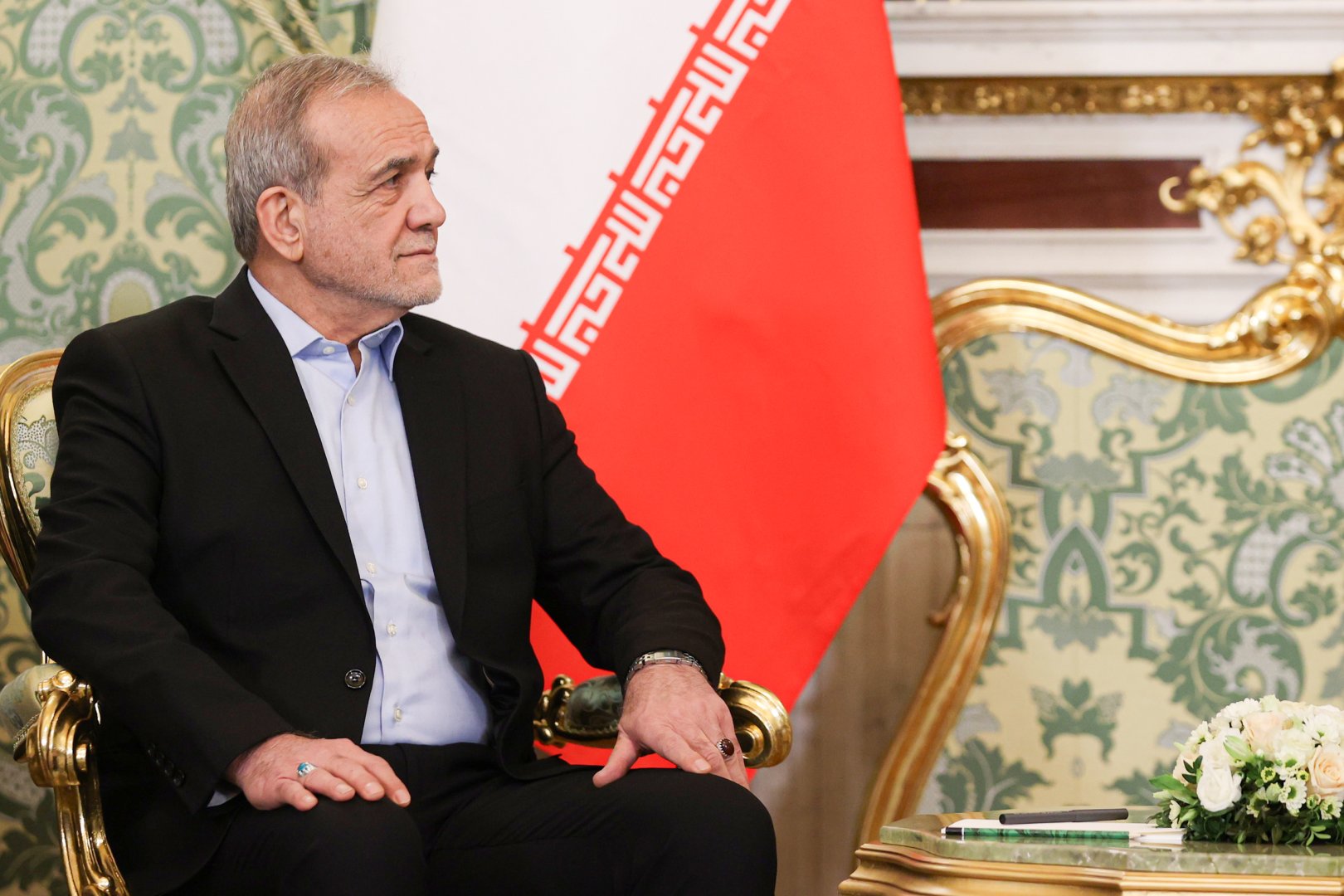

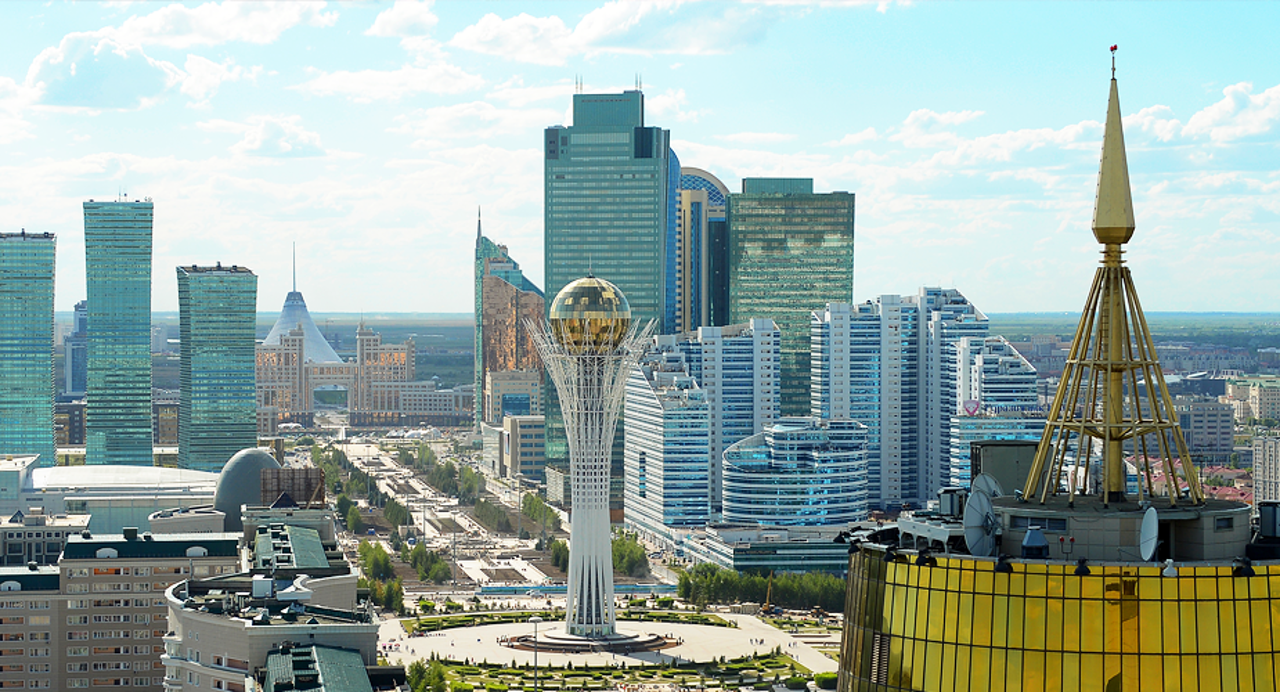










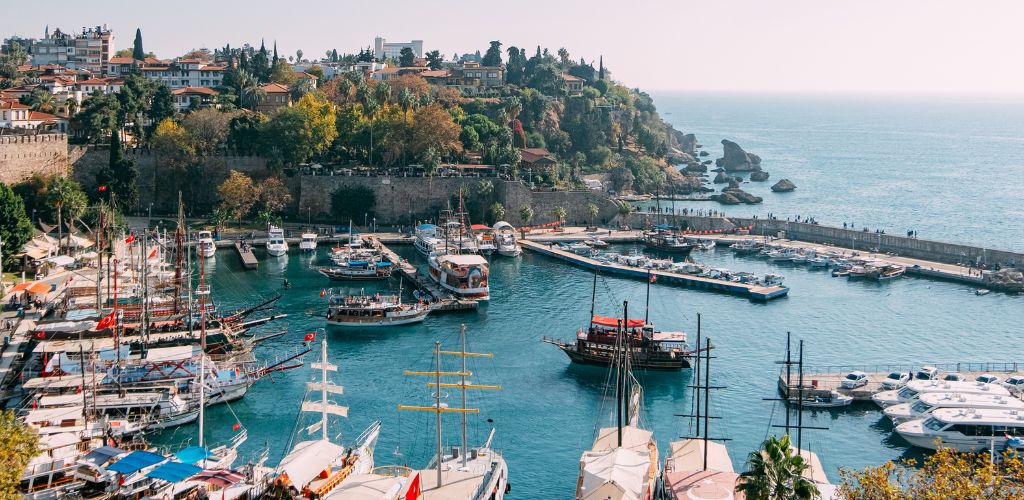
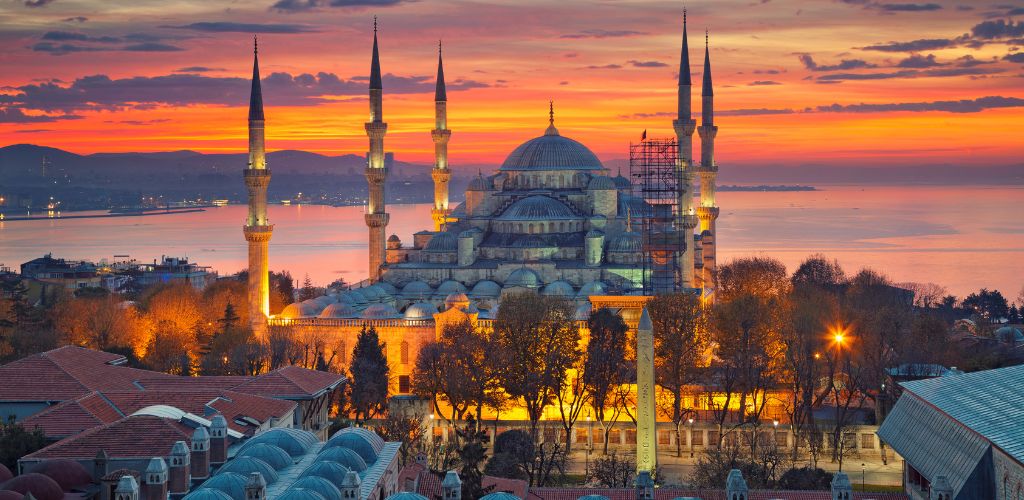
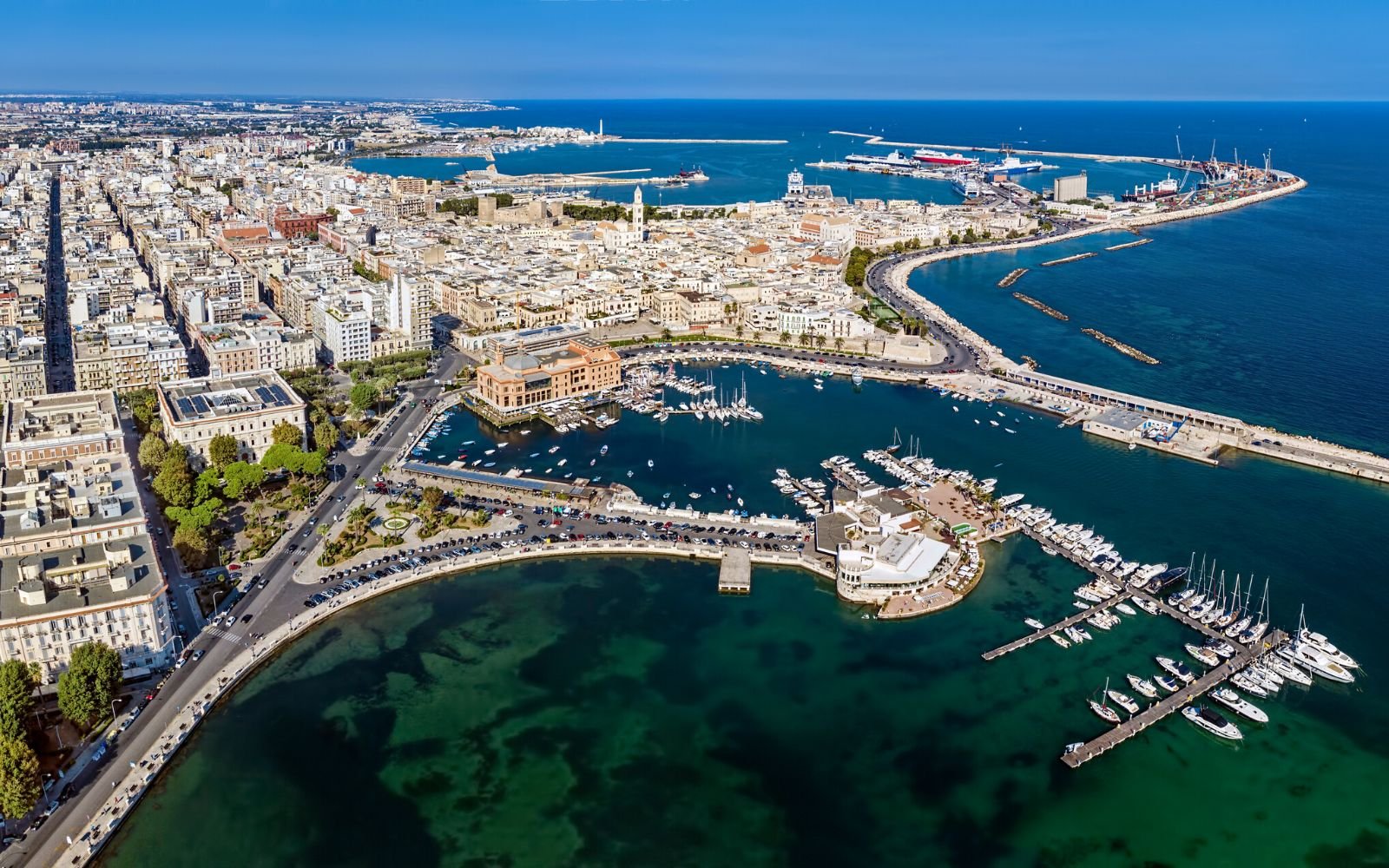
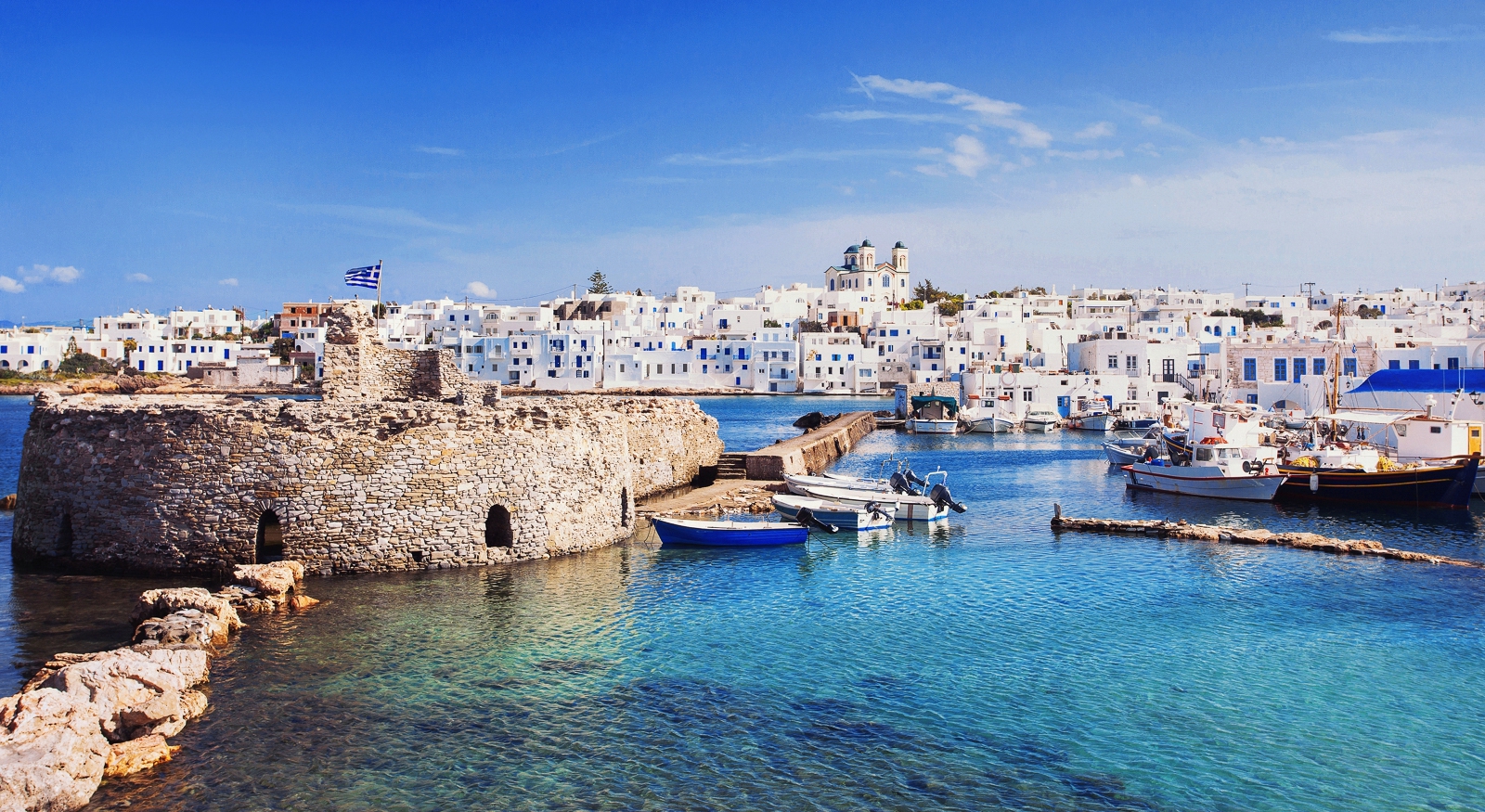
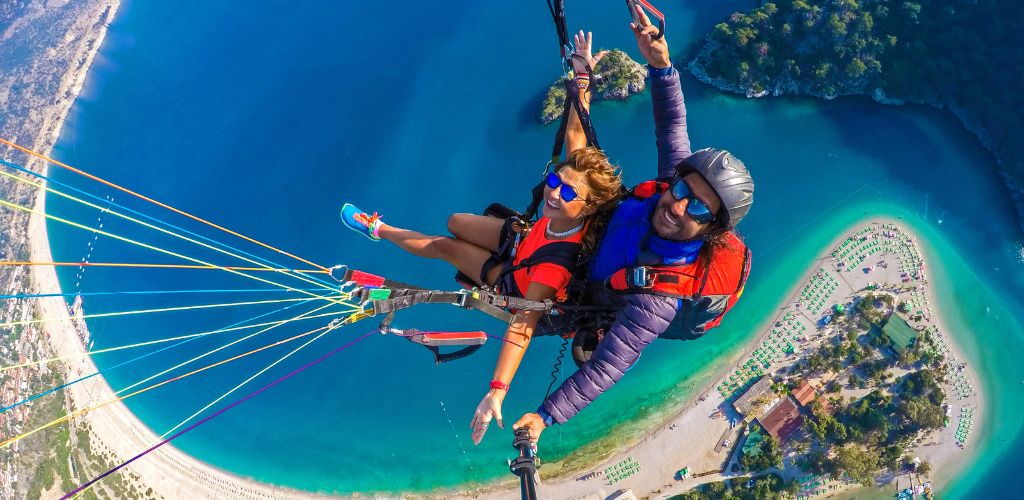





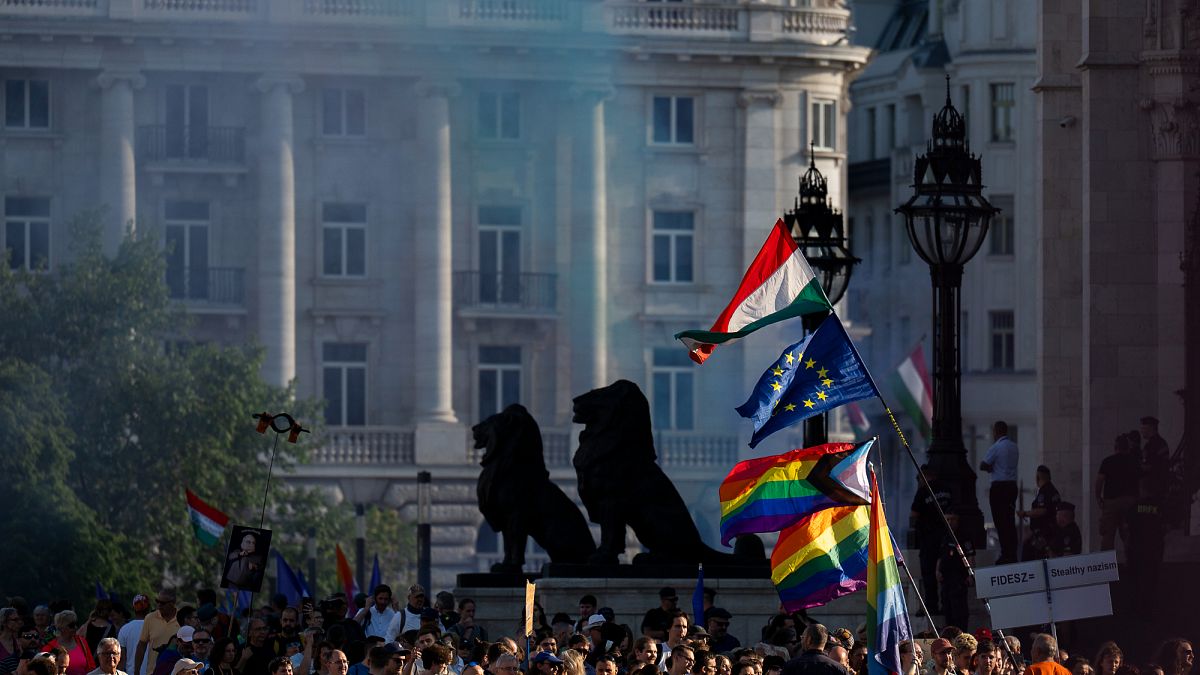








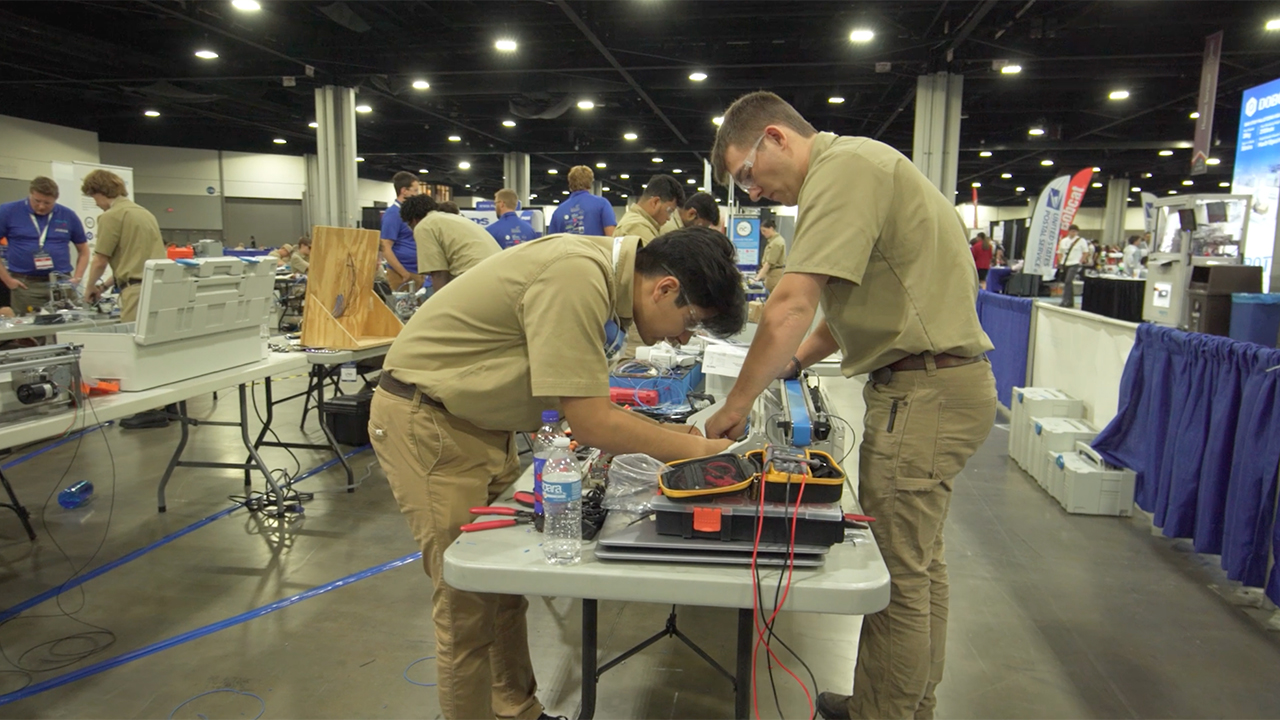
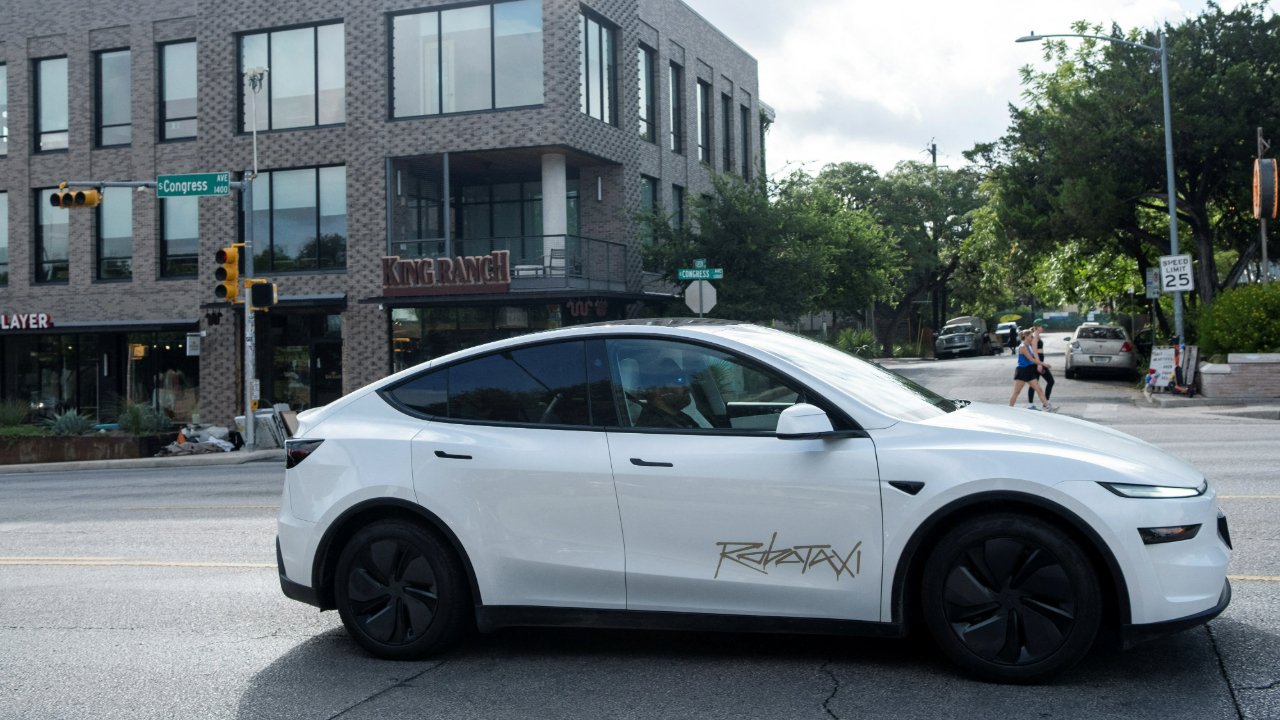

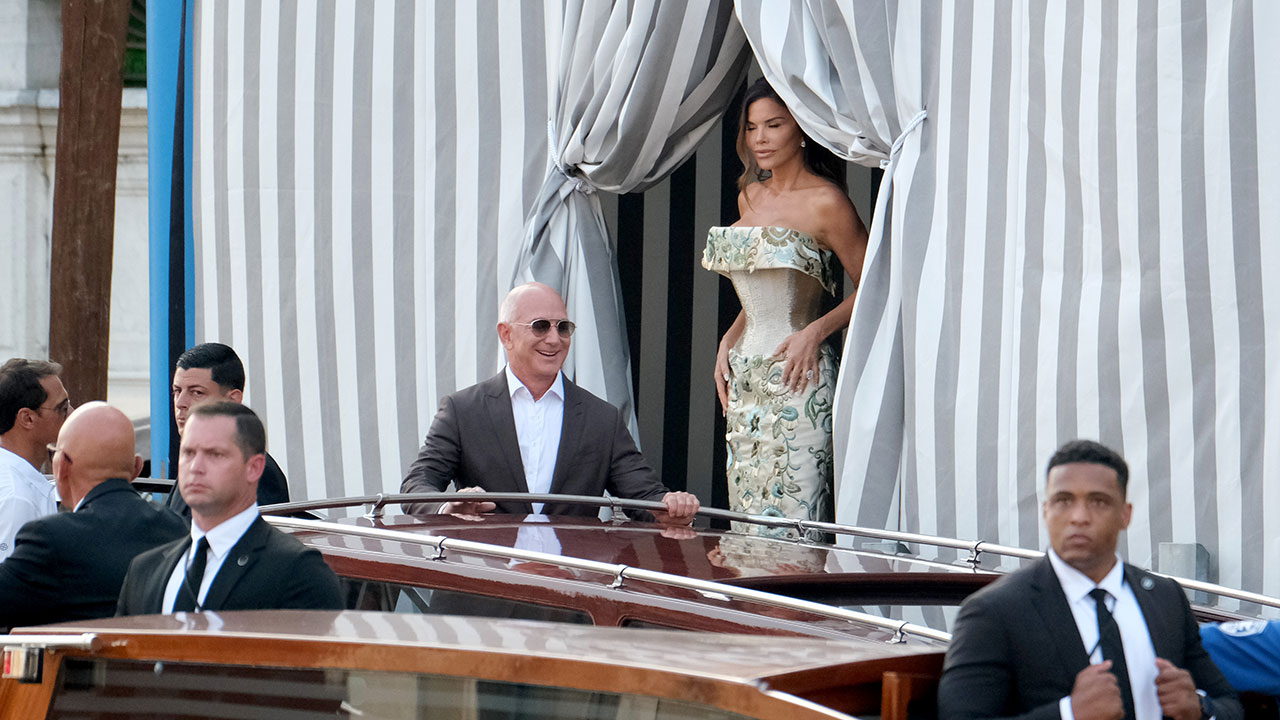





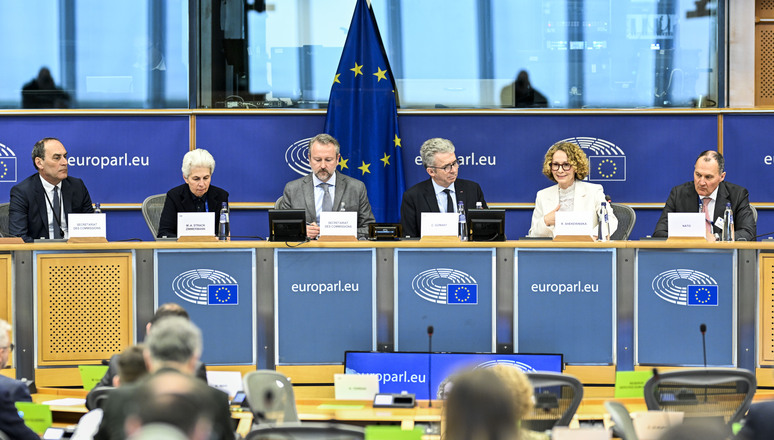
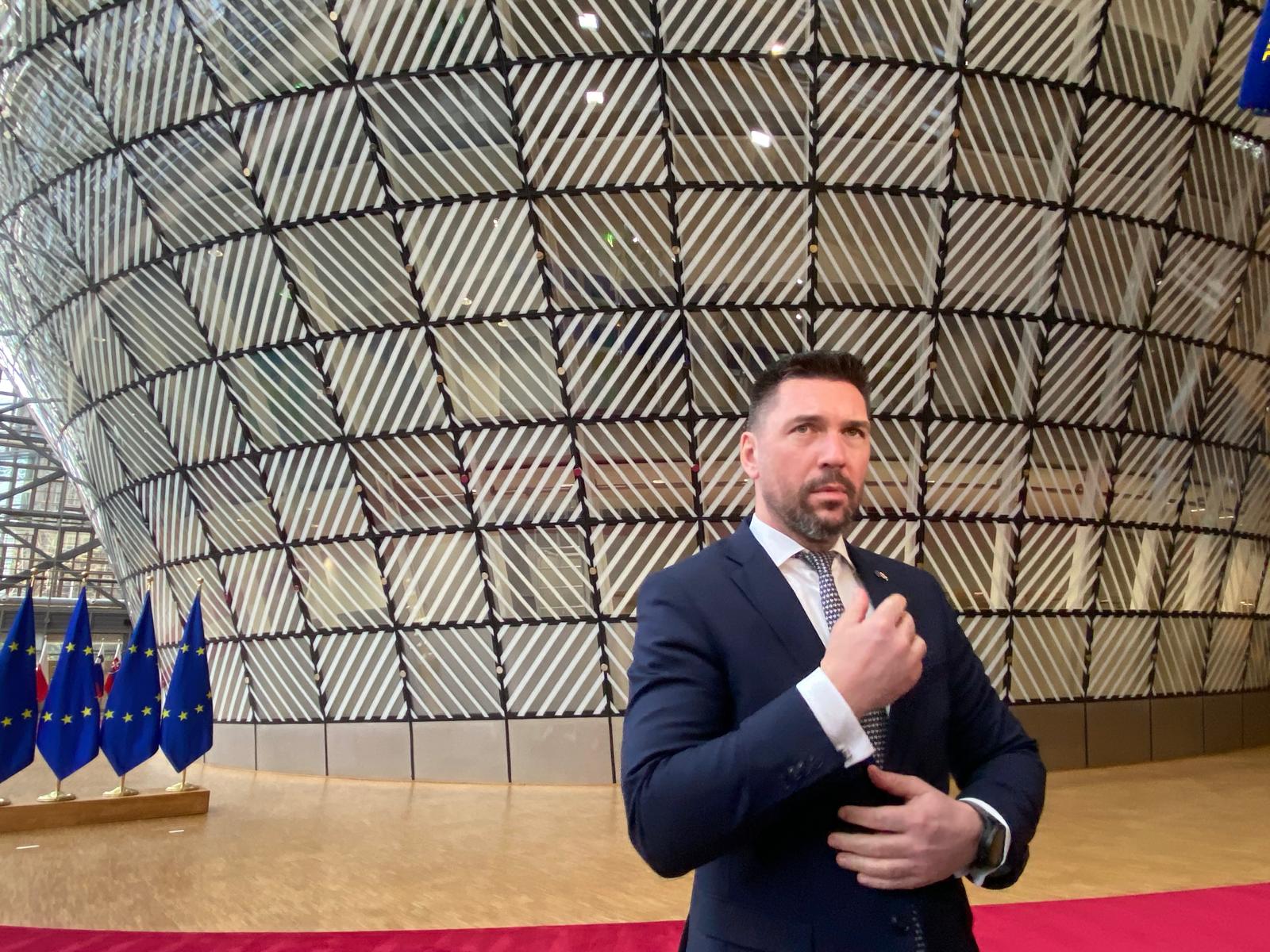
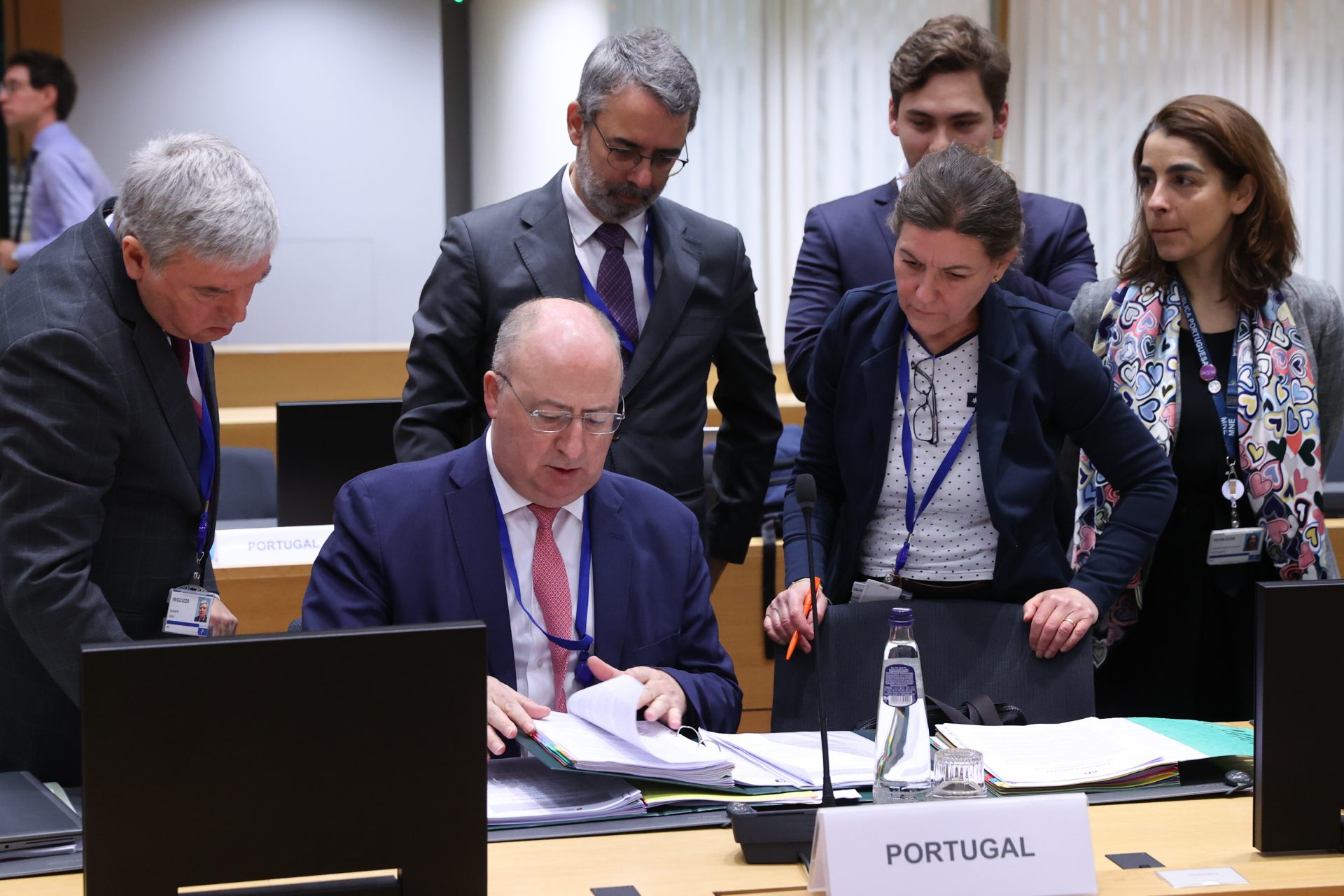


.png?Expires=1838763821&Key-Pair-Id=K2ZIVPTIP2VGHC&Signature=IO0~CT3pU-TcxGc~yoZSmoQx23MZVuK-~4jSii~NKEblRmyO3el7NXPu~Rh1o23voASg7hlcHLw4kvQuDK1jssEhcjoNBBvEpZ~GGOAU6yosBhpHpeF179F~h7i6VxmsBNh9gtTutkoqY73O2YCFey~IAqSzKbBqETP1kP9cAg1916Z1YkJJs-5MliMrkZ5d7-mWGLbpHp2wGj2VlMph8XzYlL4~y1O7fB~JdIS~Rs4RMRs2x0WT1qUIpHAsf3GdwtOyAmKFSpIg8xCyNGZZ5h~13nXlmpd7uPvW8tBfttpG9pFTqcway-uch5WyfHOEfi7UlJCOWrr6fCYY5PMgSg__)







